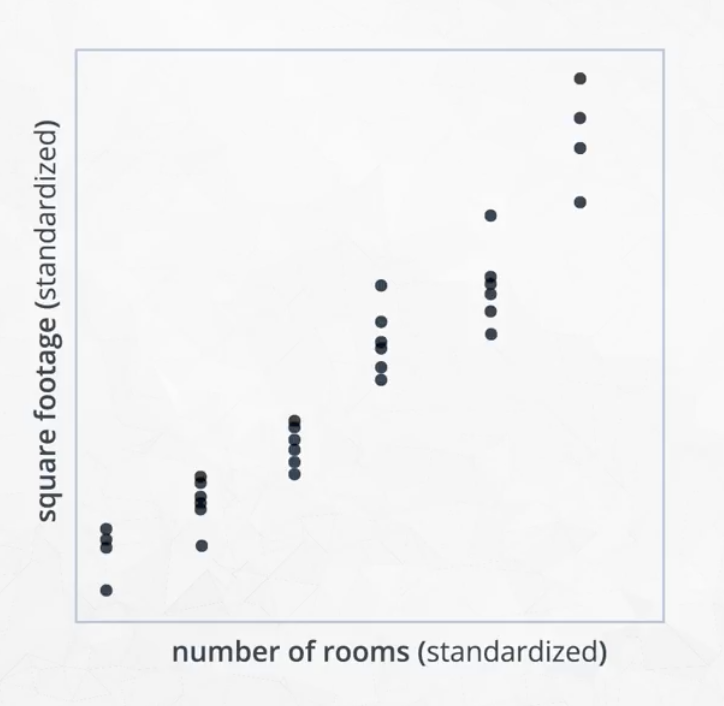


We can also simply use a correlation matrix instead of using a covariance matrix if features are of different scales. Always normalize your data before doing PCA because if you use data (features here) of different scales, we get misleading components.Loss of Information: Although principal components try to cover the maximum variance among the features in a dataset, if we don’t select the number of principal components with care, it may miss some information as compared to the original list of features. Data standardization is necessary: You must standardize your data before implementing PCA otherwise PCA will not be able to find the optimal principal components.ģ. Principal components are not as readable and interpretable as original features.Ģ. Less interpretable: Principal components are the linear combination of your original features. PCA transforms high-dimensional data to low-dimensional data so as to make the visualization easier. Improves visualization: It’s very hard to visualize and understand data in high dimensions. So PCA helps in overcoming the overfitting issue by reducing the number of features.Ĥ. Reduces overfitting: Overfitting mainly occurs when there are too many variables in the dataset. Improves algorithm performance: If the input dimensions are too high, then PCA can be used to speed up the algorithm, since it eradicates correlated variables and reduces the dimensions of the data space.ģ. There is no correlation among them, thus the model is not biased towards any set of features.Ģ. Eradication of correlated features: After implementing PCA on a dataset, all the principal components are independent of one another. Thus, the principal components are independent to one another, and in linear regression, the prediction of the output class directly depends on features. Principal component analysis (PCA) is a statistical procedure that uses an orthogonal transformation to convert a set of observations of possibly correlated variables into a set of values of linearly uncorrelated variables, whereas with linear regression, we’re trying to find a straight line that best fits the data. How is PCA different from linear regression? In other words, PCA is sensitive to variance, and thus if no standardization is done, large range variables will dominate, leading to biased results and non-optimal principal components. If you normalize your data, all variables have the same standard deviation, thus all variables have the same weight and your PCA calculates relevant axes.

So a variable with a high standard deviation will have a higher weight for the calculation of the axes than a variable with a low standard deviation. And the new axes are based on the standard deviation of your variables. PCA calculates a new projection of your dataset. The parameter n_components defines the number of principal components: > import numpy as np > from composition import PCA > X = np.array(,, ,, , ]) > pca = PCA(n_components=2) > pca.fit(X) PCA(n_components=2) > print(pca.explained_variance_ratio_) > print(pca.singular_values_) Why is standard scaling required before calculating a covariance matrix? It merely takes four lines to apply the algorithm in Python with sklearn: import the classifier, create an instance, fit the data on the training set, and predict outcomes for the test set. Eigenvectors of the covariance matrix are actually directions of the axes where there is most variance.PC’s do not have an interpretable meaning, being a linear combination of features.PCA tries to compress as much information as possible in the first PC, the rest in the second, and so on….Derive the new axes by re-orientation of data points according to the principal components.Sort the eigenvectors by decreasing eigenvalues and choose k eigenvectors with the largest eigenvalues, these becoming the principal components.Compute eigenvectors and the corresponding eigenvalues.Scale the data by subtracting the mean and dividing by std.So lastly, we have computed principal components and projected the data points in accordance with the new axes. In the last step, we need to transform our samples onto the new subspace by re-orienting data from the original axes to the ones that are now represented by the principal components.įinal Data= Feature-Vector*Transpose(Scaled(Data)) Recasting data along Principal Components’ axes After choosing a few principal components, the new matrix of vectors is created and is called a feature vector.


 0 kommentar(er)
0 kommentar(er)
